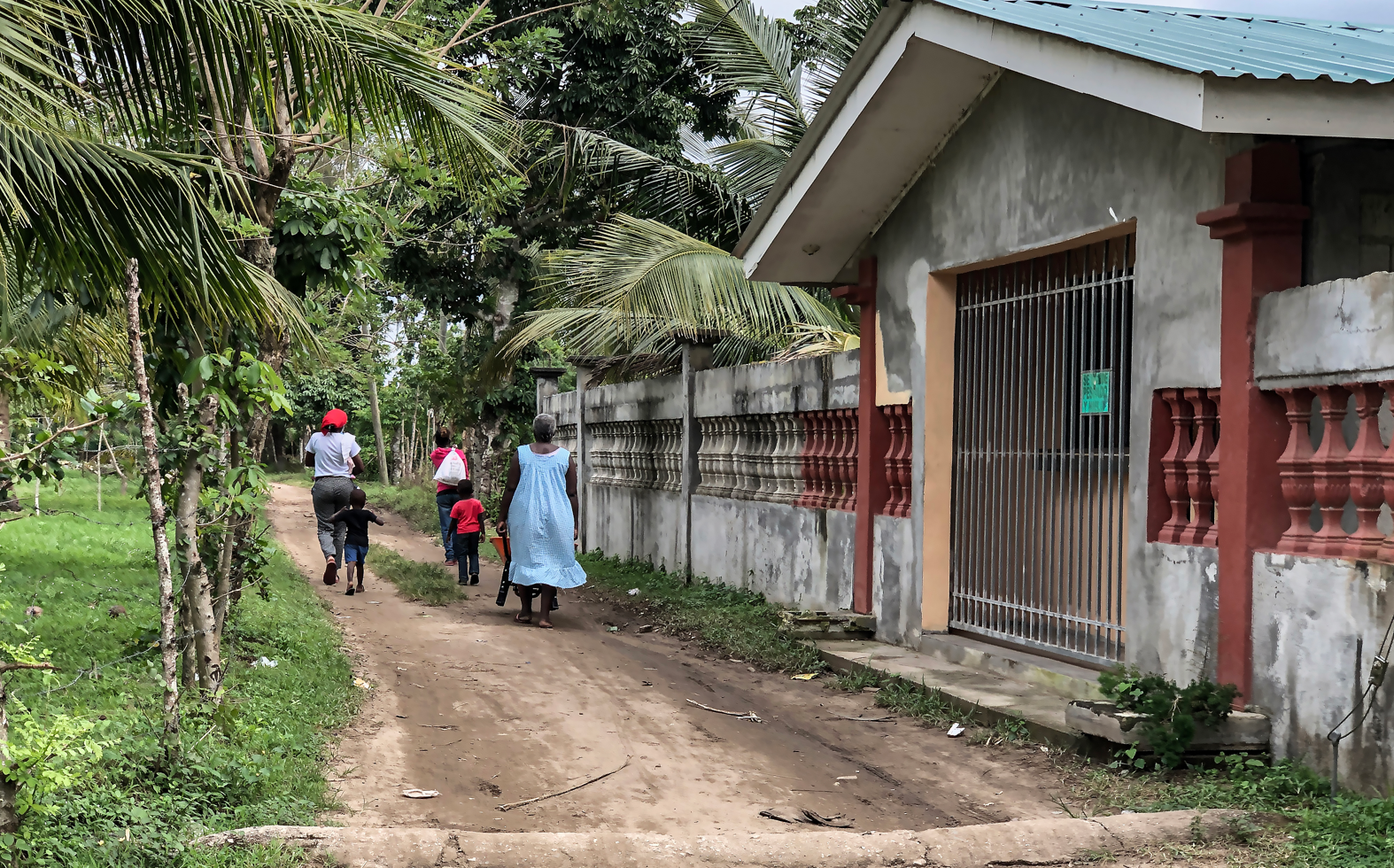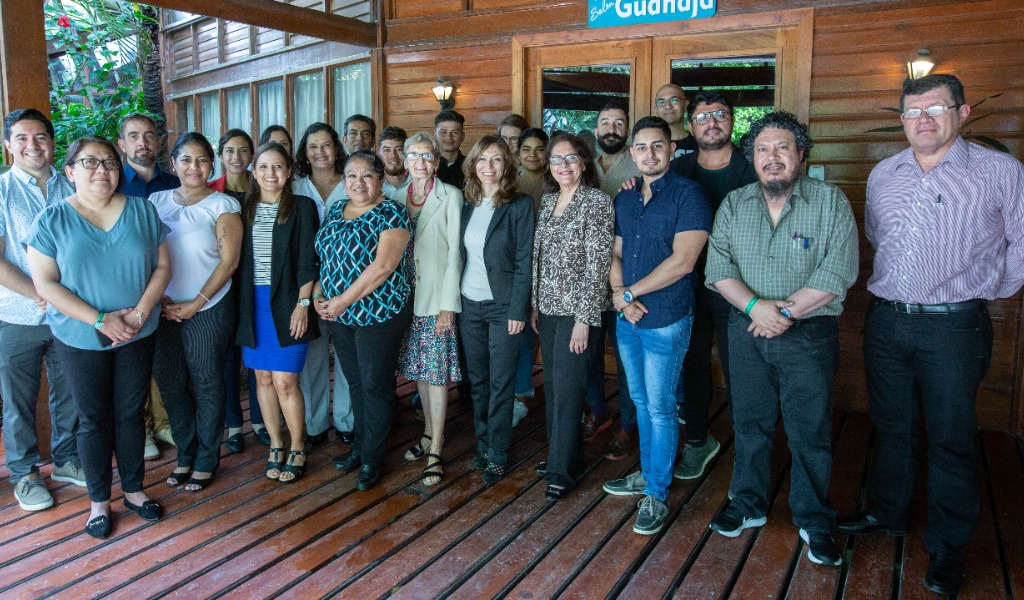
Inclusion of internally displaced persons (IDPs) in regularly collected national statistics provides the foundation for inclusion in services, policies, and development planning and help ensure that no one is left behind.
In this context, the General Secretariat of the Central American Integration System (SICA) organized the CENTROESTAD Regional Workshop on Internal Displacement Statistics in the SICA Region in Honduras on 16-17 November 2022. It was supported by the Expert Group on Refugee, IDP and Statelessness Statistics (EGRISS) and three of its Steering Committee members – UN Refugee Agency (UNHCR), International Organization for Migration (IOM) and Joint IDP Profiling Service (JIPS).
The event provided countries in the SICA region with concrete pathways, including through a diagnostics exercise completed for the eight SICA countries (Belize, Costa Rica, Dominican Republic, El Salvador, Guatemala, Honduras, Nicaragua, and Panama) and the enriching exchange of experiences, lessons learnt and good practices between countries.
Key messages and recommendations from the workshop are:
- Collaboration between National Statistical Offices (NSOs) and national institutions working on Internal Displacement is critical. Relevant government institutions should promote and advocate for sound and nationally owned data on Internal Displacement and the assessment of durable solutions, while NSOs should provide technical assistance and integrate forced displacement into their statistical production, in line with the International Recommendations on IDP Statistics (IRIS).
- Countries that are planning their next population census or conducting standard national surveys have a critical opportunity to include IDP identification questions. The census is particularly key to establish a statistically representative sampling frame. The surveys will allow the comparison of key indicators between IDPs and non-IDPs. Furthermore, enabling the interoperability of administrative registries of different government institutions could improve consensus around data and serve as a source of official statistics.
- NSOs and national institutions working on Internal Displacement can jointly advocate for greater technical and political buy-in by policy and development actors. Collaboration around the statistical production on internal displacement is key to plan, monitor, and evaluate the success of durable solutions for displacement.
- EGRISS should promote cross-context peer-to-peer exchange between NSOs, government actors, and international partners to share experiences and good practices on the use of surveys, censuses, and administrative records to identify IDPs and assess progress towards durable solutions. Technical regional workshops enable critical capacity building and leverage political will at the national level to address the issue.
In summary, the workshop brought increased visibility to the need to produce official statistics on IDPs in Central America. National Statistical Offices and government authorities with responsibilities to respond to internal displacement strengthened synergies within countries and across the region to build capacity for implementation of the International Recommendations on Internally Displaced Persons Statistics (IRIS).
UNHCR, IOM and JIPS together with EGRISS will continue to support SICA and the countries in the region to provide technical assistance for the formulation of relevant questions in censuses and national household surveys, as well as to facilitate peer-to-peer learning through training, joint workshops and more.
Further information
- Workshop report – English / Spanish
- Video
- EGRISS (Expert Group on Refugee, IDP and Statelessness Statistics) – News
- Previous joint workshop (June 2021)

© JIPS/Corina Demottaz

© JIPS/Corina Demottaz
